Emergency Storm Cleanup Services
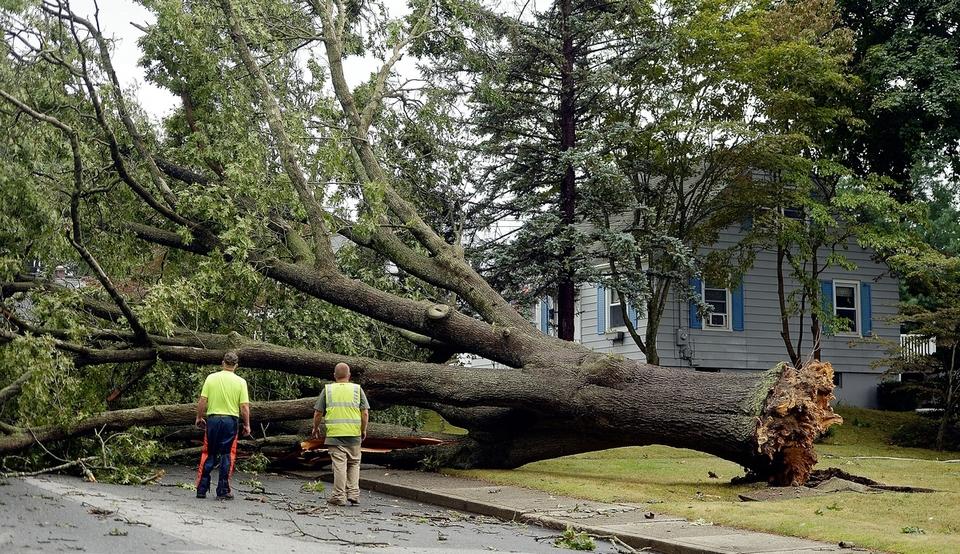
- Whose tree is it? Public or private? Is it a protected tree under Tree Preservation Bylaw? (We can help with these questions)
-
Contacting your homeowner’s insurance company is probably one of the first tasks a person should do.
-
Take photos of the storm damage and document what property structures were affected for insurance purposes.
-
Think safety before pruning or removing trees. If you need a ladder or a chain saw you should contact an arborist (a reputable, certified and credible tree care professional (arborist) who has the equipment and skill to do the clean up.
- Is at least half of the tree undamaged? A tree with less than 50% of its foliage remaining may not be able to sustain itself in the future.
-
Use the International Society of Arboriculture (ISA) website to find an ISA certified arborist in your area.
-
Trees have amazing recovery capacity, so if it has not experienced major structural damage, it will probably recover.Other than the obvious damage, is the tree generally healthy?
-
Are major limbs or the main leader broken? The larger or more important the limb, the harder it will be for the tree to recover.
- Are there any downed lines? Be aware of any power lines or hanging limbs. Extreme care must be taken around trees and limbs that may have become entangled in utility lines during a storm or other event. When in contact with live utility wires, trees carry electricity and are potentially very dangerous. For safety’s sake, call 1-888-POWERON (1-888-769-3766) if you believe that any part of your trees may be in contact with utility lines. Please refer to BC Hydro’s Electrical Safety page at http://www.bchydro.com/
safety-outages/safety/ electrical-safety.html -
How large are the wounds? The larger the wound, the less likely the tree can recover and be structurally sound. Very large wounds invite insect infestations and decay.
-
Don’t stand under trees that have broken branches that look like they’re ready to fall. If the work is high in the tree, or involves large branches, it’s a job for a professional arborist.
An ISA certified arborist can inspect your property for issues that could predispose trees to failure. This could include a climbing inspection or an analysis of decay that may be present in the branches, stems, or roots.
Based on what is found, appropriate treatments can help trees and shrubs better endure weather events. When there is an issue with the tree’s structure, installation of cables or braces can help the tree’s ability to withstand high winds. Pruning can also help with this and it is essential for removing any dead or hanging limbs that may pose a threat. Lightning protection is another alternative for high-value trees or those close to structures.
Interested in a free quote?
Other Services
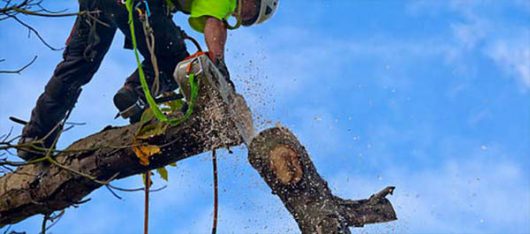 Tree Removal
Tree Removal
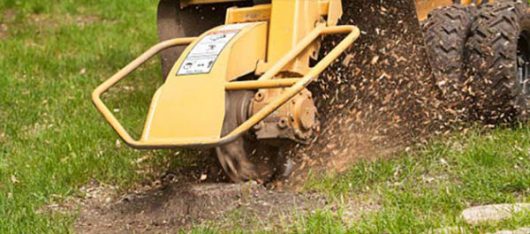 Stump Grinding
Stump Grinding
 Pruning
Pruning
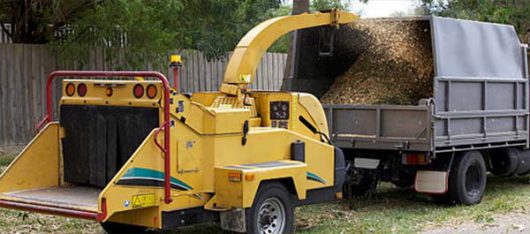 Brush Chipping
Brush Chipping
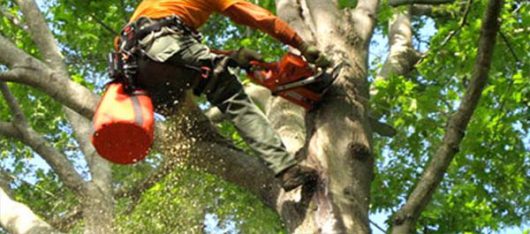 Trimming
Trimming
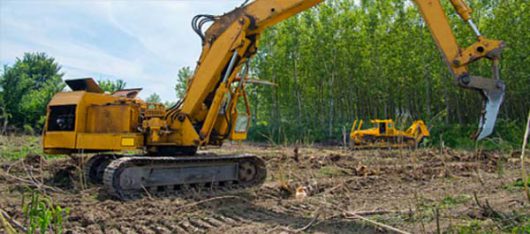 Lot Clearing
Lot Clearing
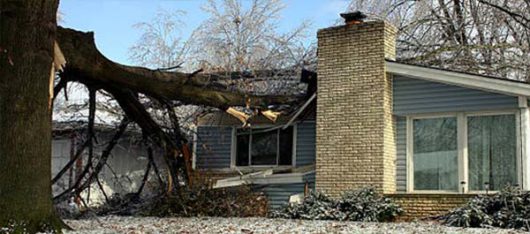 Emergency Calls
Emergency Calls
